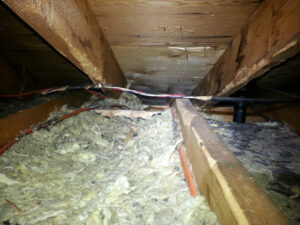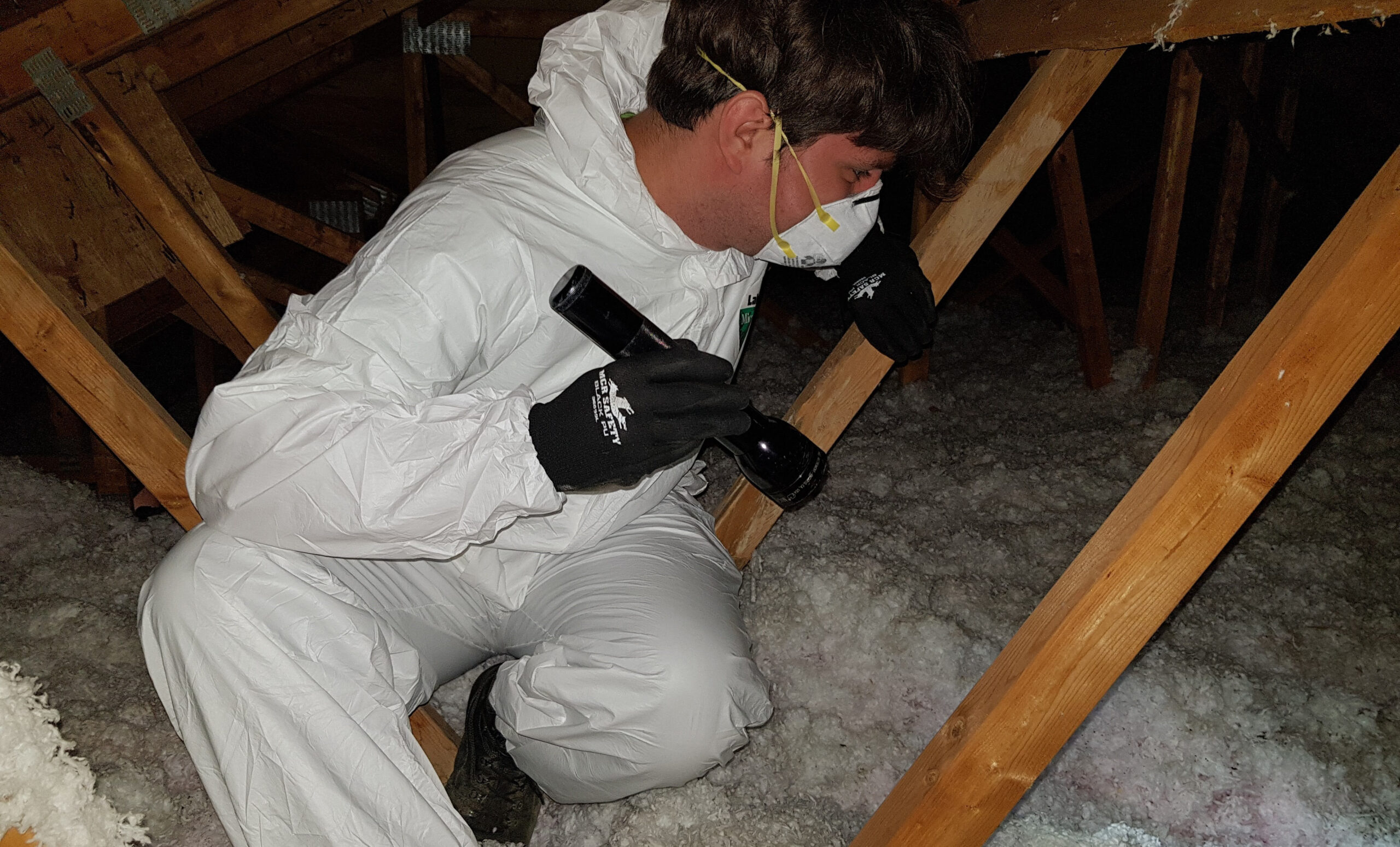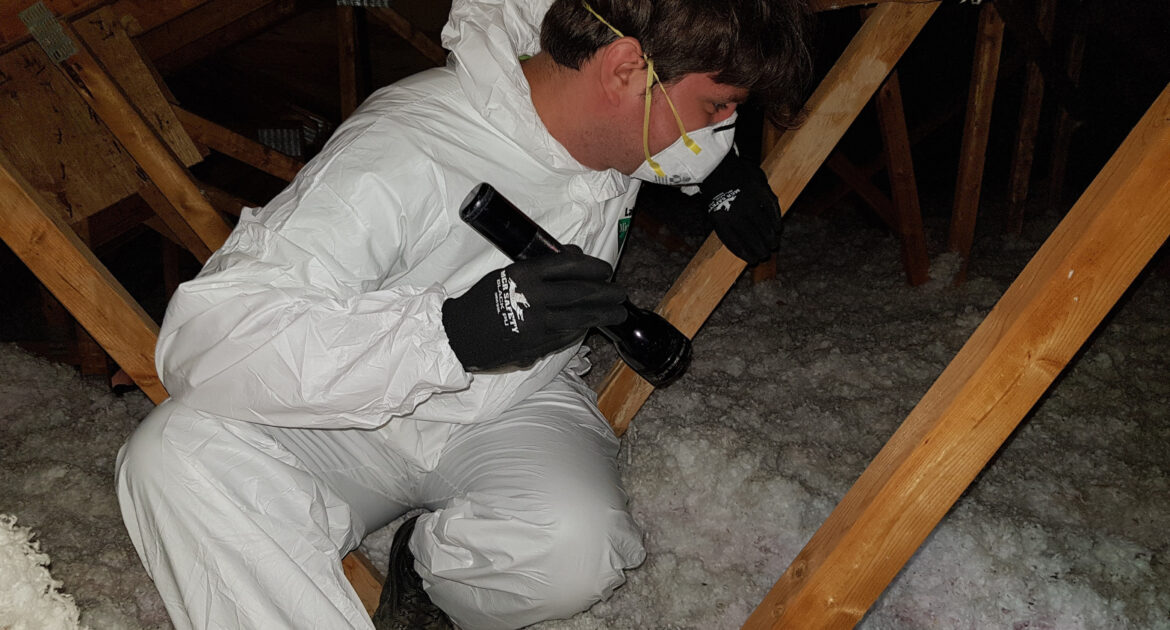If you’re dealing with a suspected squirrel infestation in your attic, it might be time to get in touch with wildlife control in Newmarket. Learn more about how to detect a rodent problem and understand why it’s important to restore your attic after squirrel removal.
Why Do Squirrels Like to Live in Attics?
Squirrels are rodents — like mice and rats — but they have a special ability to scale high structures, live in trees, and jump from place to place with agility. Attics are easy for squirrels to access.
These spaces are usually warmer than the outside (which is especially nice during the cold seasons), protected from predators that threaten squirrels year-round, and secluded enough to make a perfect “nursery” for their kits (squirrel babies).
What Are the Signs of a Squirrel Infestation in My Attic?
At first glance, you may assume that mice, not squirrels, are responsible for your infestation. Both species of rodents enjoy living in residential properties, frequently pick the attic as a nesting spot, and make scratching noises that keep you up at night. How do you tell the difference?
Mice are nocturnal, which means that you usually hear them at nighttime — or not at all. Your only signs of mice infestation may be the noises you hear in the walls at midnight or the tiny black droppings lining the baseboards of your home.
Squirrels, on the other hand, are usually out and about in the mornings and afternoons. Squirrel droppings are larger than mouse droppings, and their urine has a more distinct foul smell.
3 Reasons To Schedule an Attic Restoration After Squirrel Removal
If you’ve called wildlife control in Newmarket and eradicated the squirrels, your problems are over, right? Not exactly. While your pests are gone, the damage remains, and it can cause real hazards for your home and your family’s health.
Additionally, you may assume that they’re gone if you’ve banished them from one area of your home — but if they made a nest in one place, there may be more hidden nests nearby. Attic restoration after a squirrel invasion is necessary for the following reasons:
1. Squirrels’ Chewing Causes Fire Hazards

Squirrels, like mice, must constantly chew to maintain the length of their ever-growing teeth. Unfortunately, when they’re in your attic, they enjoy chewing through wood, electrical wiring, and even metal.
While your unwanted squirrel guests might not cause mass destruction by chewing, even one of them can create fire hazards in your home. It’s important to completely assess the attic area for damage after your home has undergone squirrel removal treatment.
2. Squirrels Leave Behind Toxic Urine and Feces
Squirrels’ urine and feces can spread disease to your family if it’s not properly cleaned. Squirrel feces in particular can harbour the bacteria that causes leptospirosis — a serious and potentially fatal infection that can lead to meningitis, liver issues, and breathing problems.
3. Squirrels Can Cause Structural Damage to Your Home
Squirrels don’t just chew through wires — they can damage the insulation in your interior walls as well as the outside of the attic, where they chew through to create new entry points. Your squirrel family may also grow up to have babies of their own in your attic, which multiplies the level of destruction you’re dealing with after a few years (or even seasons!).
Get in Touch With Skedaddle for Help
Whether you just noticed squirrels in your attic or you’re dealing with the aftermath of an infestation, Skedaddle Humane Wildlife Control can help. Get in touch with us to schedule your inspection today, and let us know how we can assist you in getting your home back in order! Our attic restoration services ensure that your home and everyone inside is safe. Not only will our technicians clean up all the bacteria squirrels leave behind, any fire hazards or structural damage caused will be identified for you in detail.




